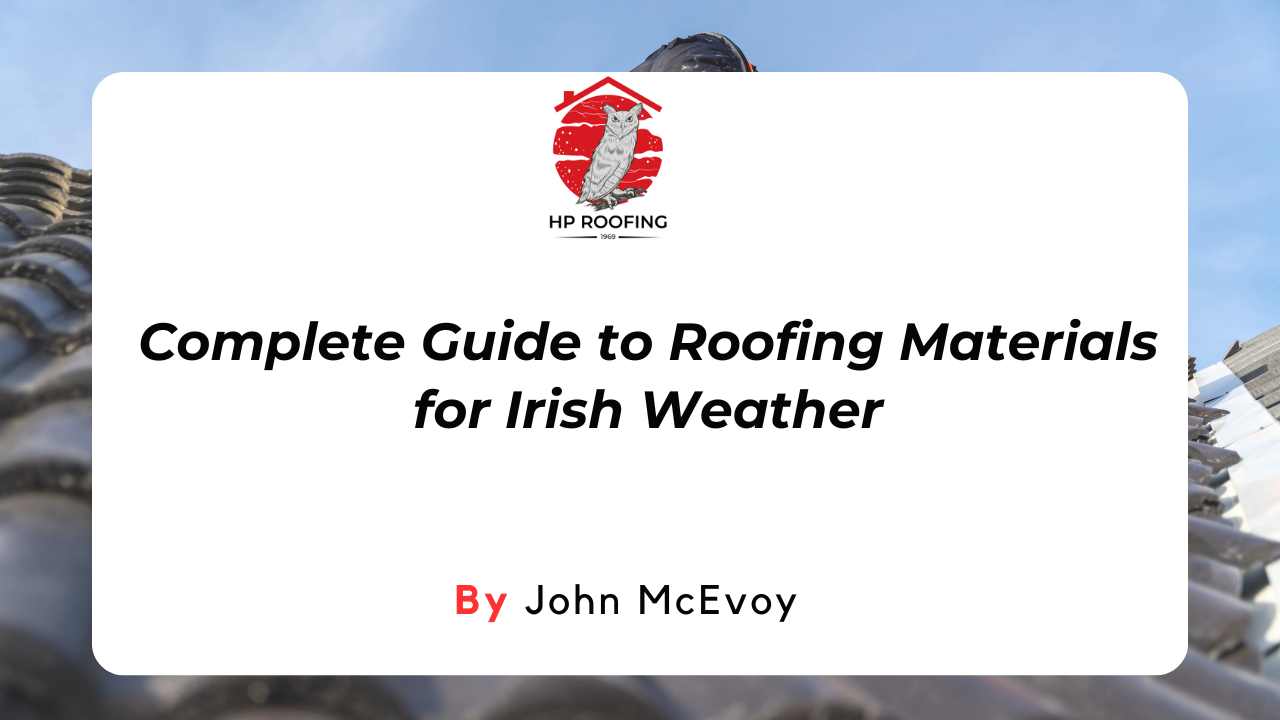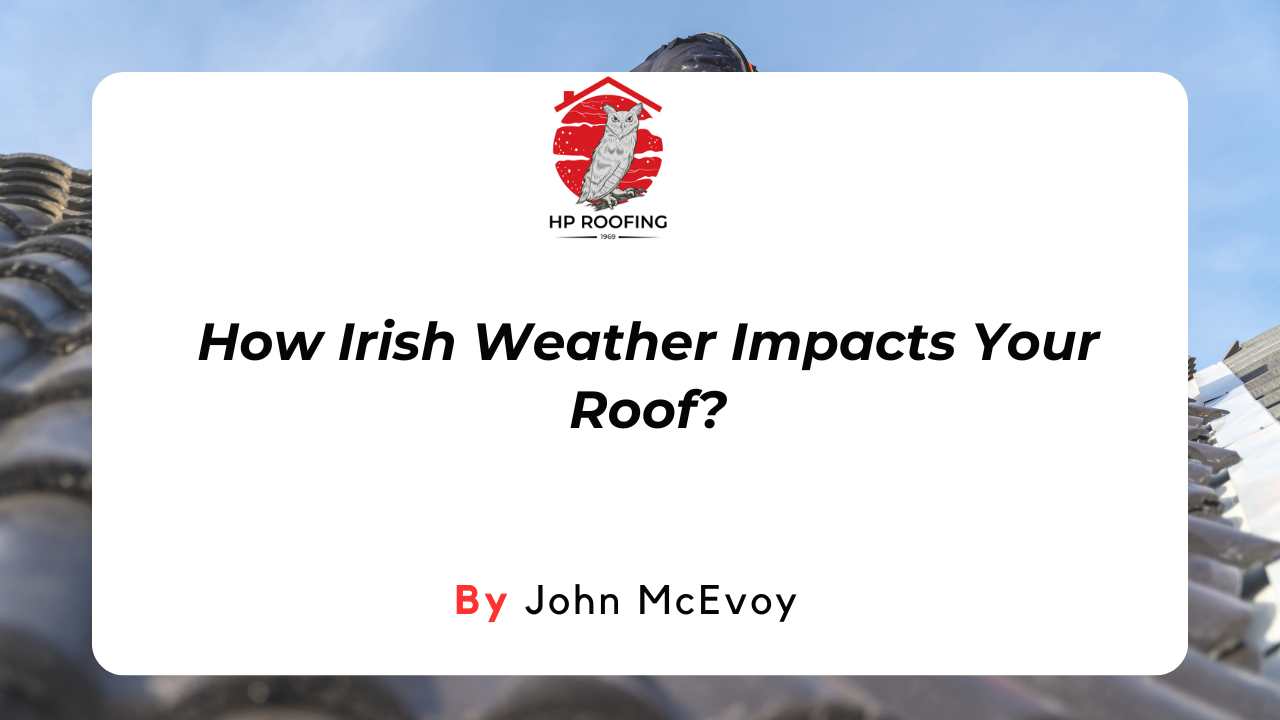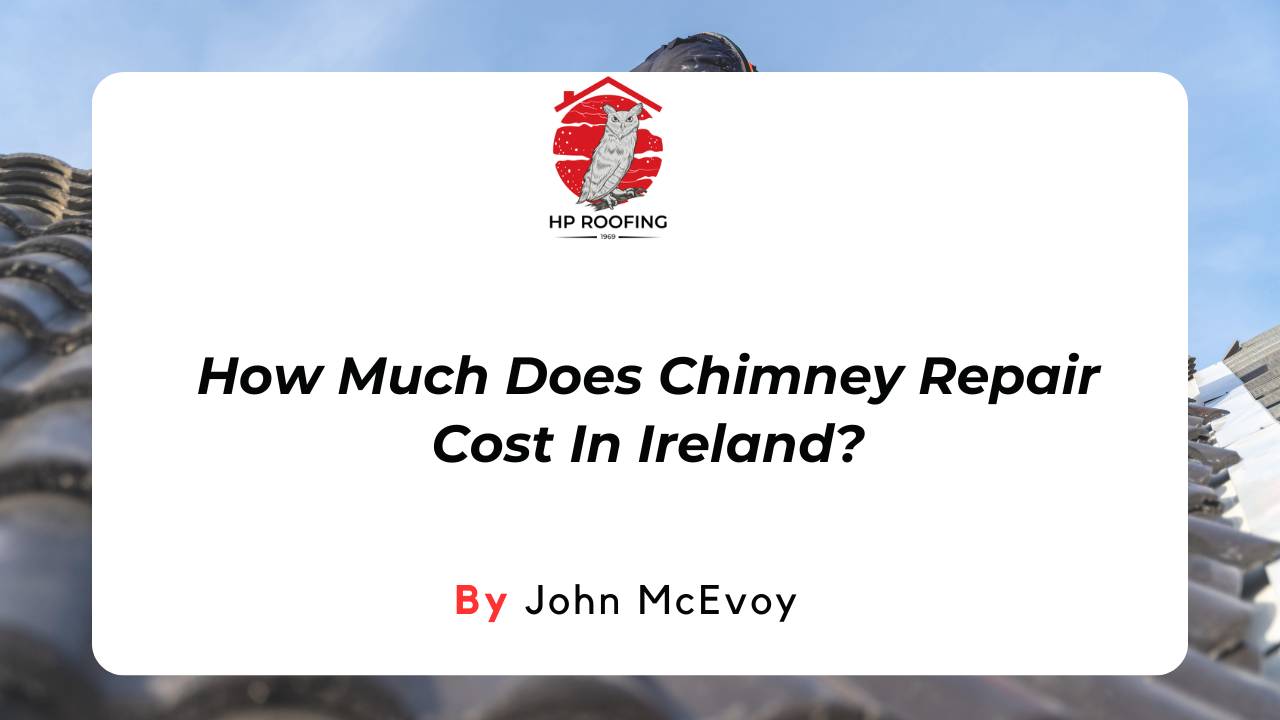Looking for which type and colour of roofing material provides the most energy efficiency? When selecting a roof for your home, it’s important to consider factors like design, material, and colour. Energy efficiency stands out as a key consideration, offering environmental benefits and long-term cost savings.
Light-coloured roofs are typically more efficient, reflecting solar radiation to keep your home cooler and more comfortable. Materials like metal such as copper and tile also rank among the top choices for energy efficiency, ensuring stable indoor temperatures.
In this blog, we will help you about the types and colours of roofing materials which are most energy efficient and will save you money in the long run.
Let’s start!
What Roof Colour is the Most Energy-Efficient?
Light-Colored Roofs Reflect Sunlight Effectively
Roofs that are lighter in colour, such as white, light grey, or beige, tend to be more energy-efficient.
These colours reflect a higher percentage of sunlight, minimising heat absorption and keeping your home cooler, especially during the summer months. This leads to a reduction in energy consumption for air conditioning.
Dark-Colored Roofs and Heat Absorption
Darker-coloured roofs, like black or dark brown, absorb more heat, which can cause your attic and home interior to warm up significantly.
This might lead to increased energy costs, particularly in warmer climates, as more air conditioning is needed to keep the home comfortable.
The Impact of Climate on Roof Colour Choice
The climate where you live plays a crucial role in choosing the right roof colour.
In cooler climates, darker roofs can be beneficial because they absorb heat and help in maintaining a warmer indoor temperature, reducing heating costs during winter. Meanwhile, lighter colours are ideal for hot climates where heat reduction is prioritised.
Cool Roof Coatings for Energy Efficiency
Cool roof coatings can enhance the energy efficiency of your roof, regardless of its colour.
These specialised coatings are designed to reflect more sunlight and lower the roof’s surface temperature, contributing to a more energy-efficient home overall.
What Roof Materials are the Most Energy-Efficient?
Metal Roofing for High Reflectivity
Metal roofs are among the most energy-efficient roofing materials due to their reflective properties.
They reflect a large portion of solar radiation, especially when painted in a light colour or coated with reflective finishes, helping to maintain a comfortable indoor temperature without excessive cooling.
Clay and Concrete Tiles for Natural Insulation
Clay and concrete tiles offer excellent insulation benefits. Their density helps regulate indoor temperatures by keeping heat out during hot days and retaining warmth during cooler times.
They are also available in light colours, which can further enhance their energy efficiency.
Asphalt Shingles with Energy-Efficient Options
Traditional asphalt shingles are not always the most energy-efficient, but newer versions with cool-roof technology can help.
These shingles are designed with reflective granules that help reduce heat absorption, making them a viable energy-efficient choice.
Slate Roofs for Longevity and Efficiency
Slate roofs are highly durable and have natural insulating properties, which help in reducing energy costs over time.
Though more expensive upfront, their longevity and efficiency make them a popular choice for those looking for sustainable roofing solutions.
Copper Roofing
Copper roofs are a durable and sustainable choice, often lasting up to 80 years with minimal upkeep. They stand out for their resistance to chemicals and salt, making them a low-maintenance option compared to asphalt or tile roofs.
Additionally, copper roofing contributes to environmental sustainability by reducing CO2 emissions annually. However, this premium option can be more costly, potentially straining budgets compared to other materials like asphalt or tile.
Are Energy-Efficient Roofs More Expensive?
Energy-efficient roofs tend to have a higher initial cost compared to standard roofing options due to the specialised materials and technologies used. However, the long-term savings in energy bills can offset the initial investment.
By reducing the need for heating and cooling, energy-efficient roofs often provide financial benefits over time, making them a cost-effective choice in the long run.
Conclusion
Choosing the right roofing material and colour can significantly enhance energy efficiency. Light-coloured roofs reflect sunlight, while materials like metal and clay offer excellent thermal performance. Green roofs and solar tiles add eco-friendly options for those seeking sustainability. Each choice depends on your climate, appearance, and energy goals.
At HP Roofing, we specialise in installing energy-efficient roofing solutions personalised to your needs. Contact us today to explore your options and start saving on energy bills while improving your home’s comfort and value. Let our experts guide you to the perfect roofing solution!
















